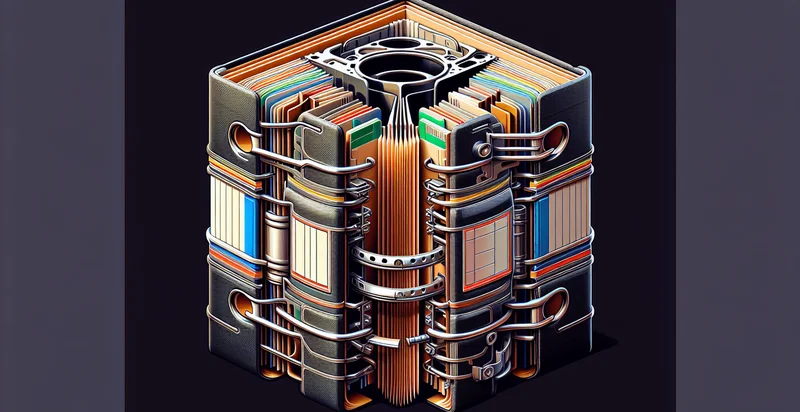Identify what material a mailbox is made from
using AI
Below is a free classifier to identify what material a mailbox is made from. Just upload your image, and our AI will predict what material a mailbox is made from - in just seconds.

Contact us for API access
Or, use Nyckel to build highly-accurate custom classifiers in just minutes. No PhD required.
Get started
import nyckel
credentials = nyckel.Credentials("YOUR_CLIENT_ID", "YOUR_CLIENT_SECRET")
nyckel.invoke("what-material-a-mailbox-is-made-from", "your_image_url", credentials)
fetch('https://www.nyckel.com/v1/functions/what-material-a-mailbox-is-made-from/invoke', {
method: 'POST',
headers: {
'Authorization': 'Bearer ' + 'YOUR_BEARER_TOKEN',
'Content-Type': 'application/json',
},
body: JSON.stringify(
{"data": "your_image_url"}
)
})
.then(response => response.json())
.then(data => console.log(data));
curl -X POST \
-H "Content-Type: application/json" \
-H "Authorization: Bearer YOUR_BEARER_TOKEN" \
-d '{"data": "your_image_url"}' \
https://www.nyckel.com/v1/functions/what-material-a-mailbox-is-made-from/invoke
How this classifier works
To start, upload your image. Our AI tool will then predict what material a mailbox is made from.
This pretrained image model uses a Nyckel-created dataset and has 13 labels, including Aluminum, Cardboard, Ceramic, Composite, Fiberglass, Glass, Metal, Plastic, Pvc and Resin.
We'll also show a confidence score (the higher the number, the more confident the AI model is around what material a mailbox is made from).
Whether you're just curious or building what material a mailbox is made from detection into your application, we hope our classifier proves helpful.
Related Classifiers
Need to identify what material a mailbox is made from at scale?
Get API or Zapier access to this classifier for free. It's perfect for:
- Material Quality Assessment: This use case involves evaluating the materials of mailboxes to ensure they meet industry standards for durability and weather resistance. By accurately identifying materials, businesses can better inform customers about product longevity and maintenance considerations.
- Supply Chain Optimization: Retailers can use this function to streamline their procurement processes by identifying the materials of existing mailbox models. This information will aid in sourcing similar or superior materials while reducing costs and improving supply chain efficiency.
- Recycling and Sustainability Audits: Organizations focused on sustainability can leverage this identifier to assess the materials of mailboxes during recycling initiatives. By understanding the material composition, they can develop targeted recycling processes and promote environmentally-friendly practices.
- Product Compliance Verification: Regulatory bodies can utilize this function to verify that mailboxes comply with safety and material regulations. By ensuring that mailboxes are made from specified materials, they can mitigate risks and enhance product safety for consumers.
- Market Analysis and Competitive Benchmarking: Companies analyzing market trends can use this identifier to compare the materials used in competitive mailbox offerings. This data can inform product development strategies and help identify market gaps based on material variations.
- Insurance and Risk Assessment: Insurance companies can leverage this identifier to assess risk factors associated with different mailbox materials. Understanding material durability can help in evaluating claims related to theft, vandalism, or weather-related damages.
- Customer Experience Enhancement: Home improvement retailers can implement this function in their customer service platforms to assist customers in choosing the right mailbox based on their material preferences. This personalized approach can improve customer satisfaction and drive sales by matching features with consumer needs.


